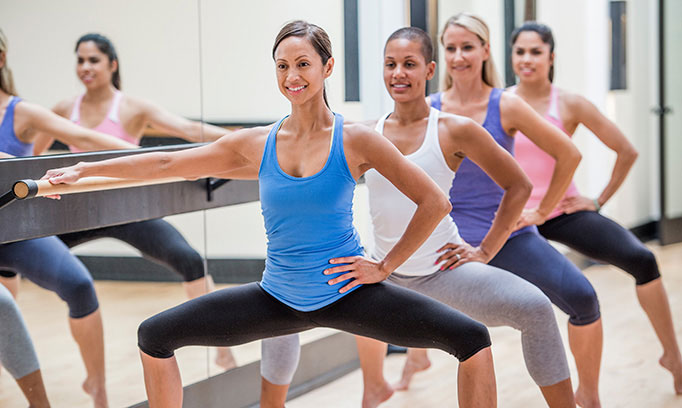Assuming you’ve taken barre classes face facing you might have seen that they fluctuate incredibly from studio to studio and instructor to educator. This is valid for most types of activity, however, as the barre pattern is on the ascent (Xtend Barre, Floor-Barre, Pure Barre, BarreConcept, Barre Method, Barre Boot Camp, Physique 57, Barre 3, and so on) I think it is essential to ensure that we are being savvy about our way to deal with these sorts of exercises.
Barre classes are expressive dance-propelled exercises that were initially spearheaded by German artist, Lotte Berk in the 1950s.
I decided to finish my confirmation through Balanced Body since they are known for following clever, safe, conventions while as yet giving extraordinary outcomes.
As a previous artist, I realize that expressive dance developments can be difficult for the body. Furthermore, as an educator, I know about clients managing agony and injury from barre class when they were basically attempting to help their bodies.
Tips To Avoid Injury In Barre Class:
1. Stay away from the fold.
For some barre-enthusiasts the primary thing they consider when they consider barre class is “fold! fold! fold!”. This is tucking the pelvis under you very much as you would do in artful dance.
This is one of the greatest areas of concern with regard to the barre class. Unnecessary tucking can prompt abuse wounds and bother your back, hips, and knees.
All things being equal (as you’ll hear me prompt in my recordings) keep your spine impartial, and your lower back lengthy. You will in any case get extraordinary work from the activities and will keep away from long-haul harm.
2. Adjust the activities for your body.
Classes can be perfect for energy and inspiration, however, they can likewise lead you to drive yourself excessively far. Stay away from the impulse to “push through the agony”, stay aware of the individual close to you and overlook the signs your body is giving you.
Approach barre very much like you would Pilates; with care, mindfulness, accuracy, and control.
This might mean a lower relieve, less turnout, or more modest knee twists… the changes will be novel to your body.
3. Greater isn’t better.
I realize we as a whole need to seem to be wonderful ballet artists, yet can we just be real, a few of us simply don’t have that sort of body.
So instead of zeroing in on kicking your legs as high as possible or hunching down as profound as possible, center around the appropriate structure and position and work inside your own sound scope of movement. You’ll really see BETTER outcomes while you’re working with legitimate structure.
Assuming that you twist your body for greater development you’ll miss the particular muscle bunches that will prompt a more grounded, more conditioned body.
4. Remember the center association.
Similarly, as you would in Pilates, center around keeping a steady center. Attract your abs and up, or imagine a girdle folding over your midriff as you play out each activity. This will keep you safe and fortify your abs simultaneously.
5. Find a certified educator who utilizations savvy signals.
On the off chance that your educator is just hollering at you to push through the agony and feel the consumption, you might need to find another person. Try not to misunderstand me, the wear checks out! Simply ensure your educator is likewise showing you how to move securely and pay attention to your own body.



